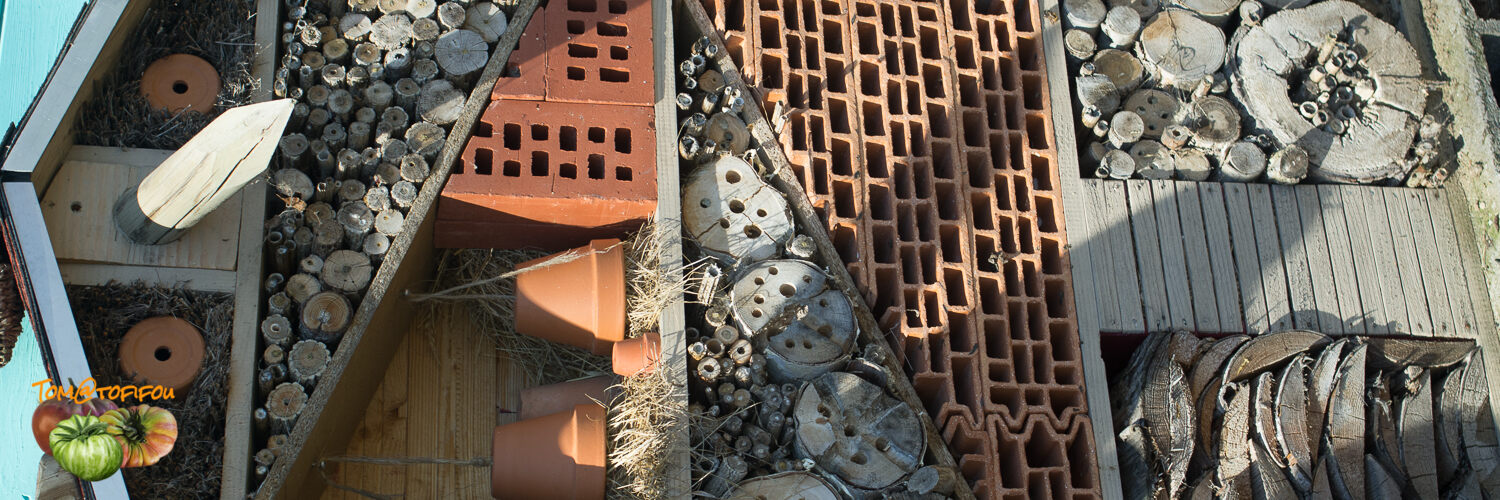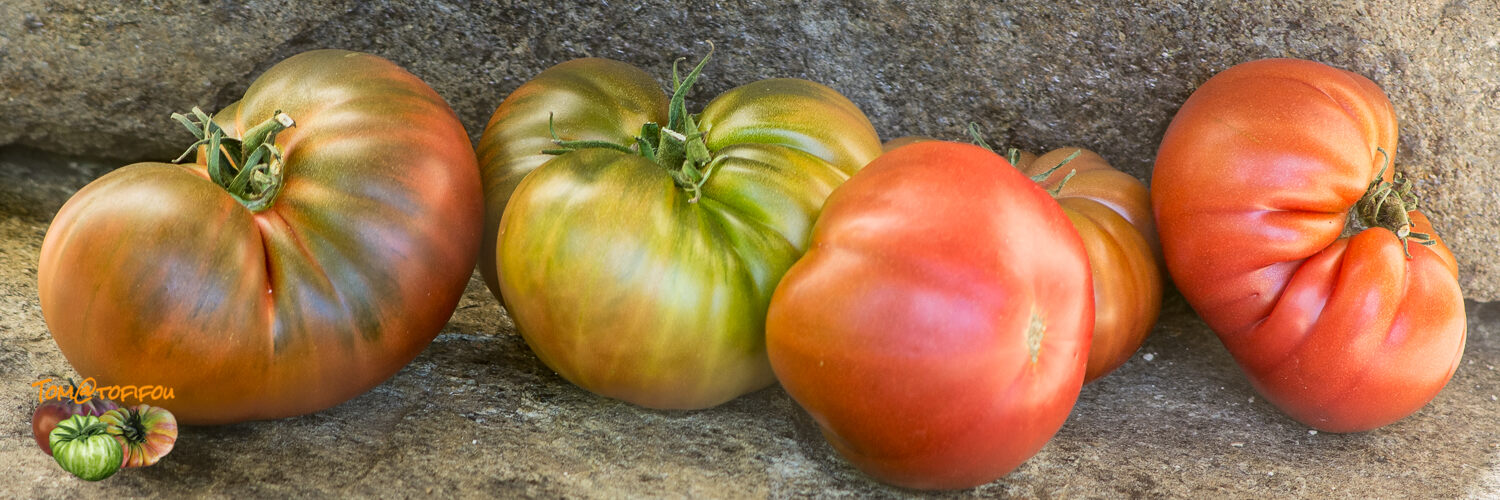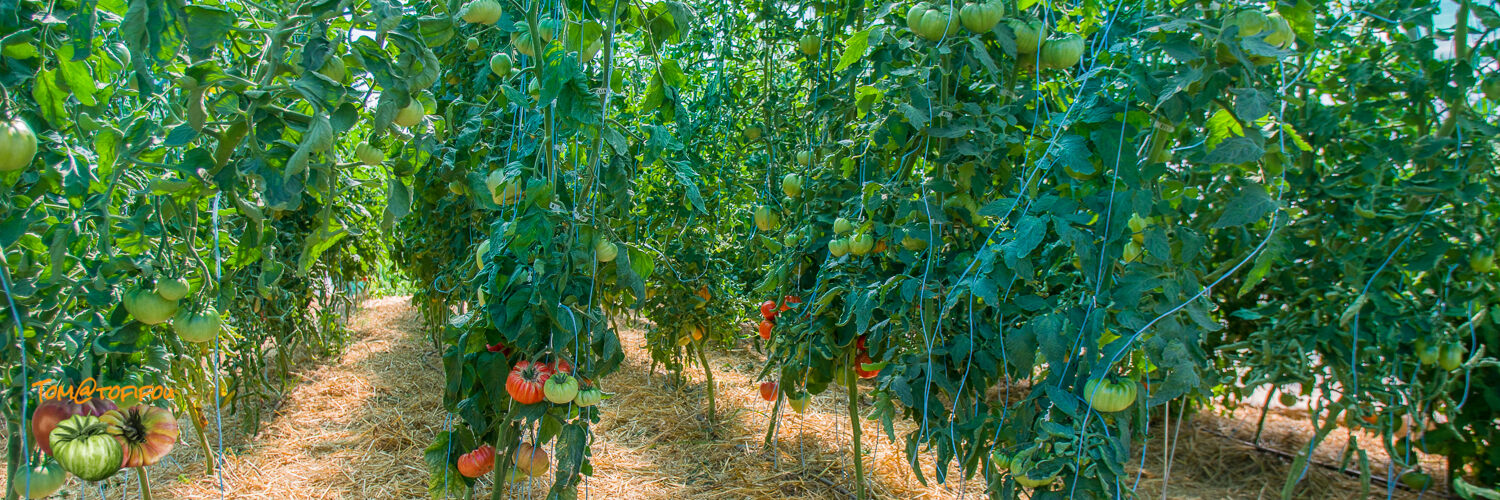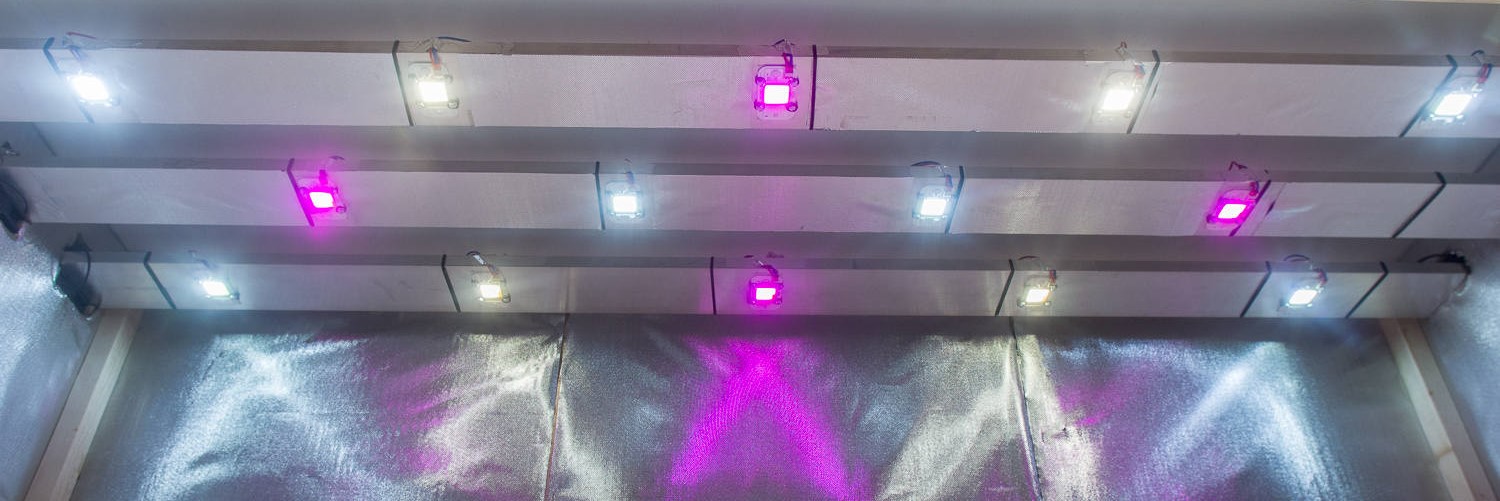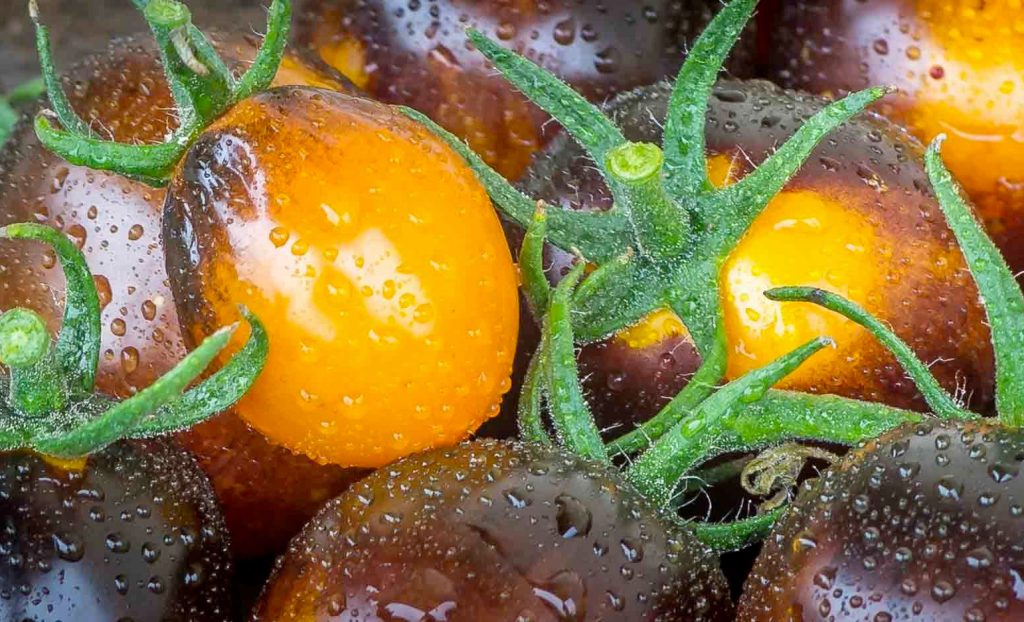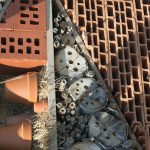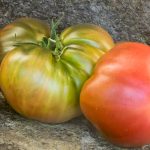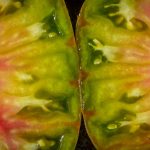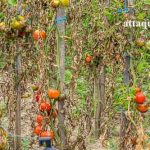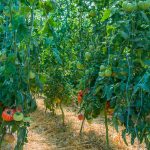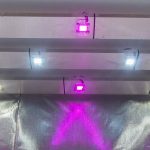
Horsetail
fields (Equisetum arvense), sometimes called Rat Tail, Fox Tail or Ponytail, is a plant species of the Equisetaceae family. It belongs to the group ofPteridophytes (vascular cryptogams).
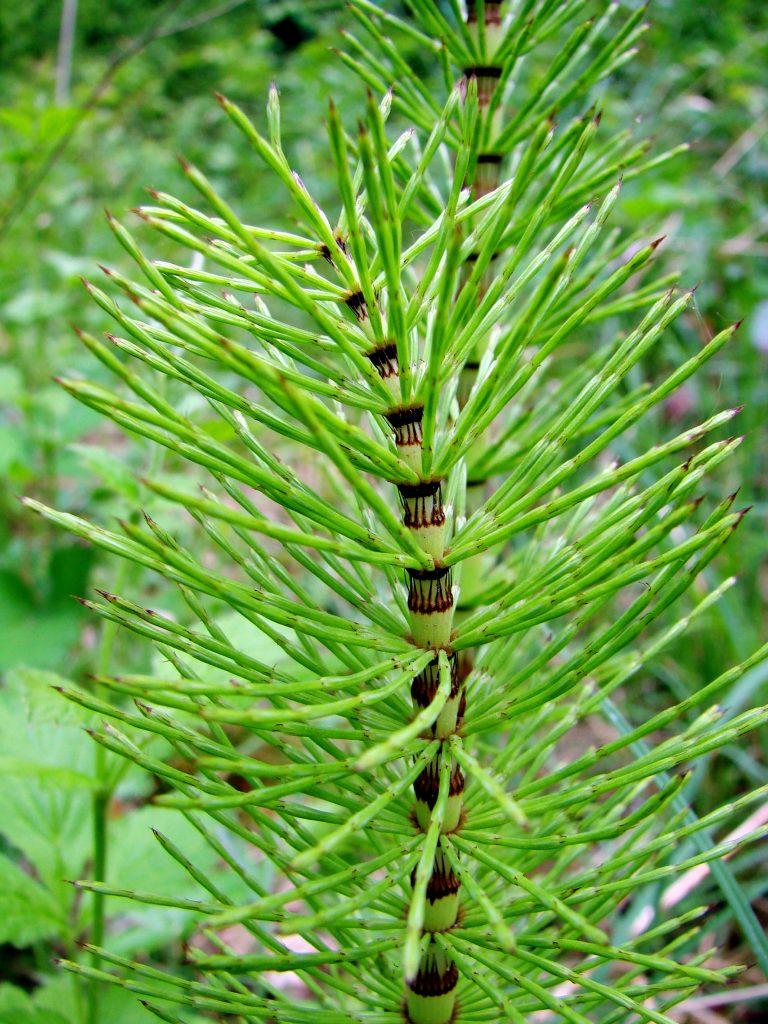
This 20 to 50 cm high perennial has two types of stems: the reddish fertile stems that appear in the spring and will later be replaced by sterile stems that the we will harvest. In both cases, the leaves are reduced to simple collars located at the level of the nodes of the stems and branches, in the form of a short toothed sheath. In this species, this sheath has 6 to 12 teeth, dark in color.
Fertile stems are unbranched and therefore do not bear whorls of twigs. On the other hand, they carry an oblong terminal spike made up of sporangiophores (structure bearing sporangia) arranged in whorls and stalked, they produce green spores. The cultivation of this plant being quite delicate, it very quickly becomes invasive, wild plants are harvested and found in cool or even humid places and in acidic soil. It can also be obtained from herbalists in the form of dried leaves
Horsetail contains up to 10% silica. It also contains potassium and aluminum chloride, vitamin C, tannins, nicotinic acid (insect repellent), equisetonin and equisetogenin (antifungal), silicic acid (repellent) , and iron oxide, by this composition it is an excellent bio-stimulant and a powerful remineralizer. Sterile stems are used in juice, powder, decoction or tincture.
Its fungicidal action is suitable for the preventive treatment of practically all cryptogamic diseases (oidium, downy mildew, scab, monilia, damping off, etc.) the curative treatment being effective only in the event of a light attack. It also has insect-repellent, repellent and growth-stimulating powers.
It can be used in decoction, 250 grams of dry leaves for 10 liters of rainwater: diluted at 20%: repellent action for mites and fungicide against cryptogamic diseases, in extract fermented insect repellent (leek worm and spider mite) can be combined with extracts of comfrey, nettle and fern which will provide an excellent remineralising stimulant combined with an insect repellent and fungicide. In the spring we will promote the development of plants and their rooting with an approximate dosage of: 30% nettle / 20% comfrey / 20% fern / 30% horsetail. While in summer we will strengthen the formation of flower buds and fruiting with a dosage richer in comfrey (potash) and less in nettle (nitrogen), horsetail and fern still playing their role of insect repellent and anti fungal, this give as an approximate dosage: 20% nettle /30% comfrey /30% fern /20% horsetail, to which we can also add pure comfrey juice, of the order of a few %.
We carry out the different plant extracts (fermentation) individually then we associate them according to the desired dosage, we then dilute with rainwater, from 2 to 5% in vaporization, by incorporating a little liquid black soap (1cl/1l of water) for better grip on the foliage, and 10 to 20% when spreading. Personally I recommend spraying, perhaps more tedious but it seems more effective because the treatment is immediately assimilated by the plant and without loss of the precious product, while in watering there is inevitably a "leaching".
For the manufacture and dosage of plant extracts follow this link.
Peculiarities of Silica or Silicon.
A mineral element such as nitrogen, phosphorus or potassium, it is a major element in the elemental composition of organisms. It is very present in the soil in the Si0² form but cannot be assimilated by the plant. Its soluble form is ortho-silicic acid Si (OH)4, very little present in the soil. Recent studies on its effects on crops have demonstrated its beneficial action on plants and the environment. Silicon optimizes hydromineral nutrition by foliar application, it limits water loss (up to 30%) from the plant. It increases the resistance of the latter to biotic and abiotic attacks, it has a beneficial effect on yield, in fact it acts positively and efficiently at all stages of plant growth.
Application areas
-Decoction
--Mildew (potato or tomato):
---As a preventative: Spray at 20%. Spraying on the ground is more effective (downy mildew stopped at 80%) than on the leaves (30%). Apply 2 sprays to soil and plants in early April at 1 week intervals. Then 2 in May, then 1 in June.
--- As a cure: Treat every 3 days. If the attacks are virulent, Bordeaux mixture can be added to the sprayer by dividing the recommended dose by 2.
--Oidium (vine):
---As a preventive: Spray at 20%. 2 treatments in April (1 week apart), 2 in May, 1 in June.
---Curative: 3 treatments at 6-day intervals. You can also alternate with oily garlic maceration: 1 treatment with horsetail decoction, then 6 days later 1 other with oily garlic extract (5% dilution), then horsetail again.
>--Rust (hollyhocks, fruit trees, roses):
---As a preventive: Spray diluted at 10%, 2 treatments in April at 1 week intervals, renew in May 2 treatments at 1 week intervals. 1 treatment in June.
--- As a cure: In case of strong attacks, treat every 3 days.
--Scab, monilia, viral infections (peach, raspberry, apple, pear):
---As a preventive: Spray diluted at 20%, 1 treatment at the beginning of April, then another 1 week later. Repeat in May 2 treatments at 1 week intervals. 1 treatment in July.
--- As a cure: In case of strong attacks, treat every 3 days.
-Fermented extract
--As a preventive measure, horsetail manure is a valuable ally in the fight against fungal diseases (mildew, powdery mildew, rust, peach leaf curl, scab ..). Indeed, the supply of silica and other minerals allows plants to strengthen their cell walls and therefore better resist attacks by fungi. This is why horsetail preparations must be applied early in the development cycle of the plant to be protected.
--insect repellent function, as it contains various alkaloids including nicotinic acid. Thus, to repel leek worm, red spiders, mites, spray horsetail manure diluted at 20% (1 L for 5 L of rainwater).
--excellent biostimulant, providing treated plants not only with silica (in mineral and organic form), but also with calcium, cobalt, iron, magnesium, potassium, manganese, sodium, sulphur, copper, phosphorus...
--acts against slugs, in fact the supply of silica strengthens the superficial cells of the plant and constitutes a barrier against parasitic attacks.
bibliography: Wikipedia, Purin d' nettle & cie at Terran editions

